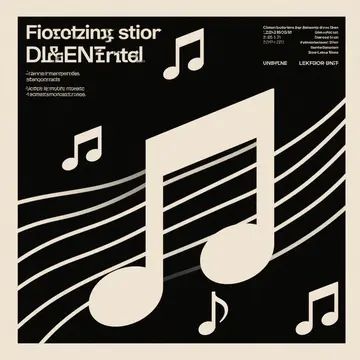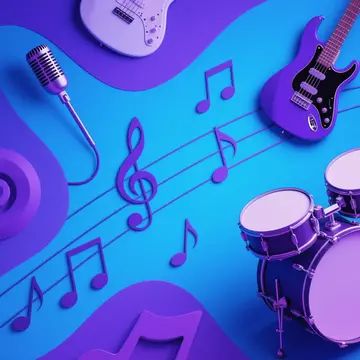For independent musicians, mixing can be one of the most challenging—and expensive—steps in music production. With the rise of AI music mixing software, indie artists now have an alternative to traditional mixing methods. But which approach is better for your project?
In this guide, we compare AI mixing vs traditional mixing for indie artists, exploring the pros, cons, and best use cases for each.

AI Music Mixing Software: The Game-Changer for Indie Artists
What Is AI Mixing?
AI music mixing software uses machine learning to analyze audio tracks and automatically apply EQ, compression, reverb, and other effects. Popular tools like LANDR, iZotope Neutron, and Sonible smart:EQ provide quick, affordable mixing solutions.
Pros of AI Mixing
? Speed – Get a polished mix in minutes, not days.
? Cost-effective – No need to hire a professional mixer.
? Consistency – AI avoids human fatigue or bias.
? Beginner-friendly – No deep technical knowledge required.
Cons of AI Mixing
? Less creative control – AI follows algorithms, not artistic vision.
? Genre limitations – Works best for mainstream styles (pop, EDM, hip-hop).
? May sound generic – Lacks the unique touch of a human engineer.
Traditional Mixing: The Human Touch
What Is Traditional Mixing?
Traditional mixing relies on audio engineers manually adjusting levels, panning, and effects using DAWs (Digital Audio Workstations) like Pro Tools, Logic Pro, or Ableton.
Pros of Traditional Mixing
? Full creative control – Every detail can be customized.
? Adaptability – Works for any genre, including experimental music.
? Unique sound – Human engineers add character and emotion.
Cons of Traditional Mixing
? Expensive – Hiring a professional can cost 500 per track.
? Time-consuming – Takes hours (or days) to perfect a mix.
? Requires expertise – DIY mixing has a steep learning curve.
AI Mixing vs Traditional Mixing: Which Is Best for Indie Artists?
| Feature | AI Music Mixing Software | Traditional Mixing |
|---|---|---|
| Cost | Low (30/month) | High (500/track) |
| Speed | Minutes to process | Days to weeks |
| Control | Limited customization | Full creative freedom |
| Best For | Demos, quick releases, tight budgets | Professional releases, unique sound |
When to Choose AI Mixing:
You need a fast, budget-friendly solution.
You're releasing demos or background music.
You lack mixing experience but want decent results.
When to Choose Traditional Mixing:
You want a radio-ready, pro-quality mix.
Your music is experimental or complex.
You have a specific sonic vision that AI can’t replicate.
Hybrid Approach: The Best of Both Worlds
Many indie artists now combine AI music mixing software with manual tweaks for optimal results:
Start with AI – Use LANDR or iZotope for a balanced base mix.
Fine-tune manually – Adjust EQ, compression, and effects in your DAW.
Get feedback – Compare AI vs human mixes to find the right balance.
Future of Mixing for Indie Artists
AI-assisted mixing (human engineers using AI tools).
Customizable AI models (trained on your preferred sound).
Real-time AI feedback (suggestions while you mix).
Final Verdict
For indie artists, AI music mixing software is a powerful, affordable tool—especially for quick turnarounds. However, traditional mixing still wins for uniqueness and full creative control.
Recommendation: Use AI for demos and early drafts, then invest in professional mixing for your most important releases.

